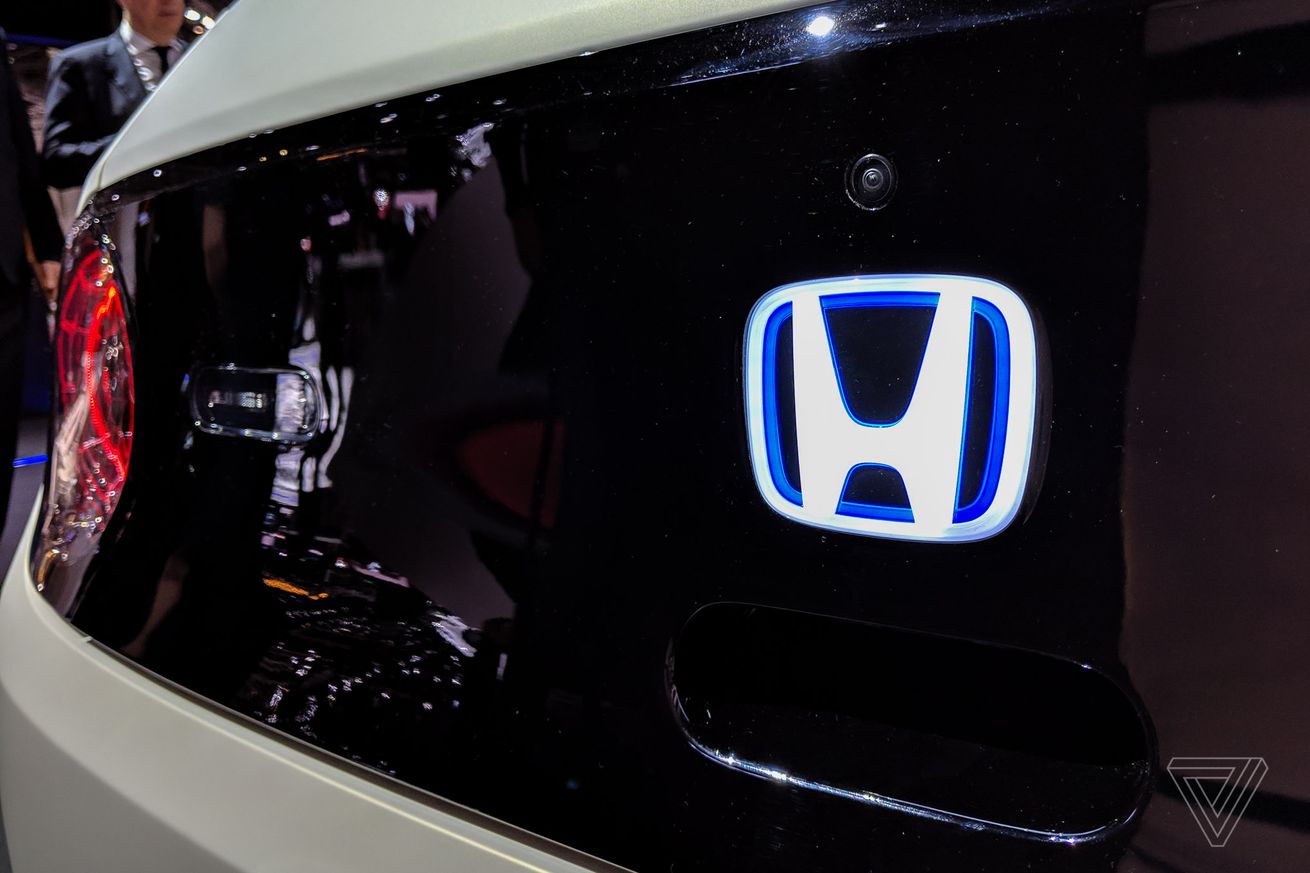
Honda first announced plans to partner with LG Chem to build a $4.4 billion electric vehicle (EV) battery plant back in August, and the two companies confirmed today that the factory’s coming to Fayette County, Ohio. Establishing a US-based EV plant will allow Honda’s upcoming line of plug-in vehicles to qualify for the country’s EV tax credits.
Construction on the factory will begin early next year, with mass production of EV batteries set to start by the end of 2025. Honda says the factory will have an annual production capacity of 40GWh and will supply about 2,200 jobs.
In addition to the joint venture with LG Chem, Honda’s also investing $700 million to retool three of its existing Ohio-based car plants for EV production. The move will create 300 jobs and will involve converting Honda’s Marysville Auto Plant (MAP), the East Liberty Auto Plant (ELP), and the Anna Engine Plant (AEP) into hubs for building EVs.
Another win for America: Honda and LG committed over $5 billion toward electric vehicle battery manufacturing and factory retooling across Ohio.
— President Biden (@POTUS) October 11, 2022
Thanks to my economic plan, we're leading the world again — rebuilding our supply chains, infrastructure, and manufacturing at home.
In August, President Joe Biden signed off on the Inflation Reduction Act of 2022, which provides $7,500 in tax credits for EVs assembled in North America. This excludes EVs made outside the region, such as the Hyundai Ionic 5 and Kia EV6, sparking backlash from foreign automakers.
“Thanks to my economic plan, we’re leading the world again — rebuilding our supply chains, infrastructure, and manufacturing at home,” President Biden said on Twitter. Other carmakers, like Ford, General Motors, and Stellantis, are also looking to build EV battery plants throughout the US.
By establishing an EV factory in Ohio, Honda and its subsidiary Acura are getting a headstart on their goal of producing 30 EVs hybrid, battery-electric, and fuel-cell vehicles by 2030. We’ve recently gotten a taste of Honda’s upcoming EVs, which include the Prologue electric SUV and Acura’s Precision EV concept. The Prologue and the as-yet-announced EV based on the Precision will both use GM’s Ultium platform when they’re released in 2024.
Source: The Verge